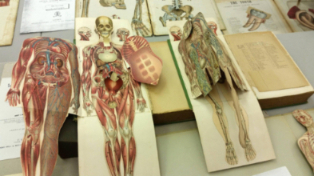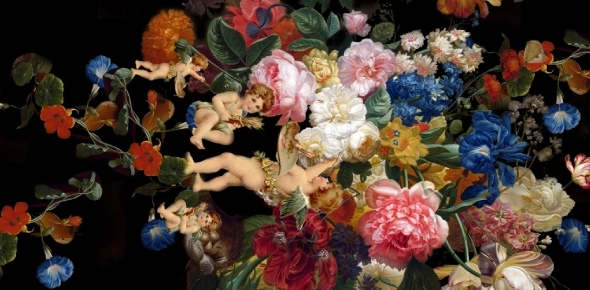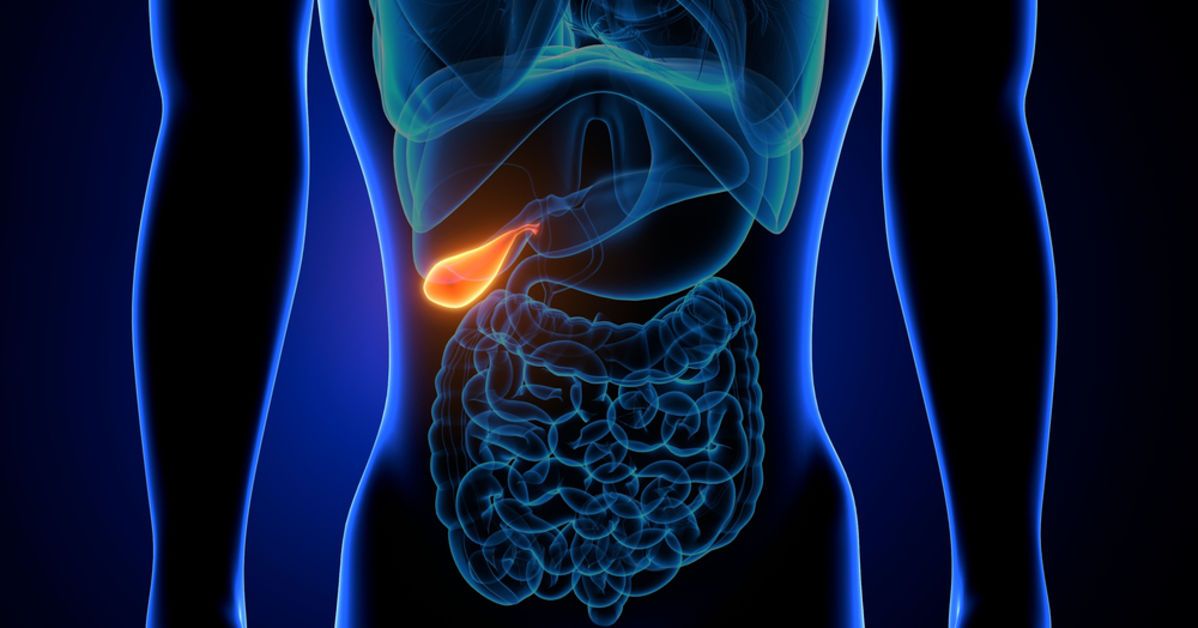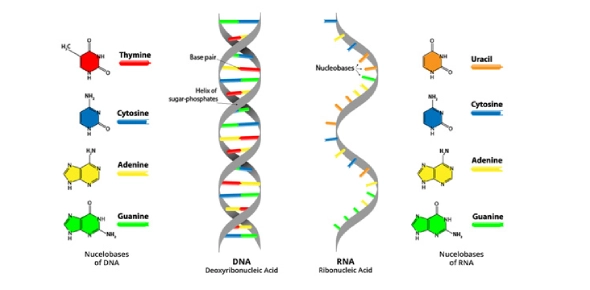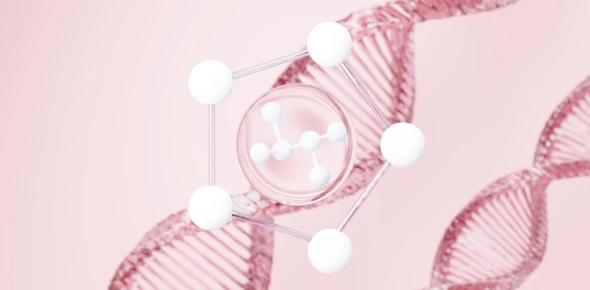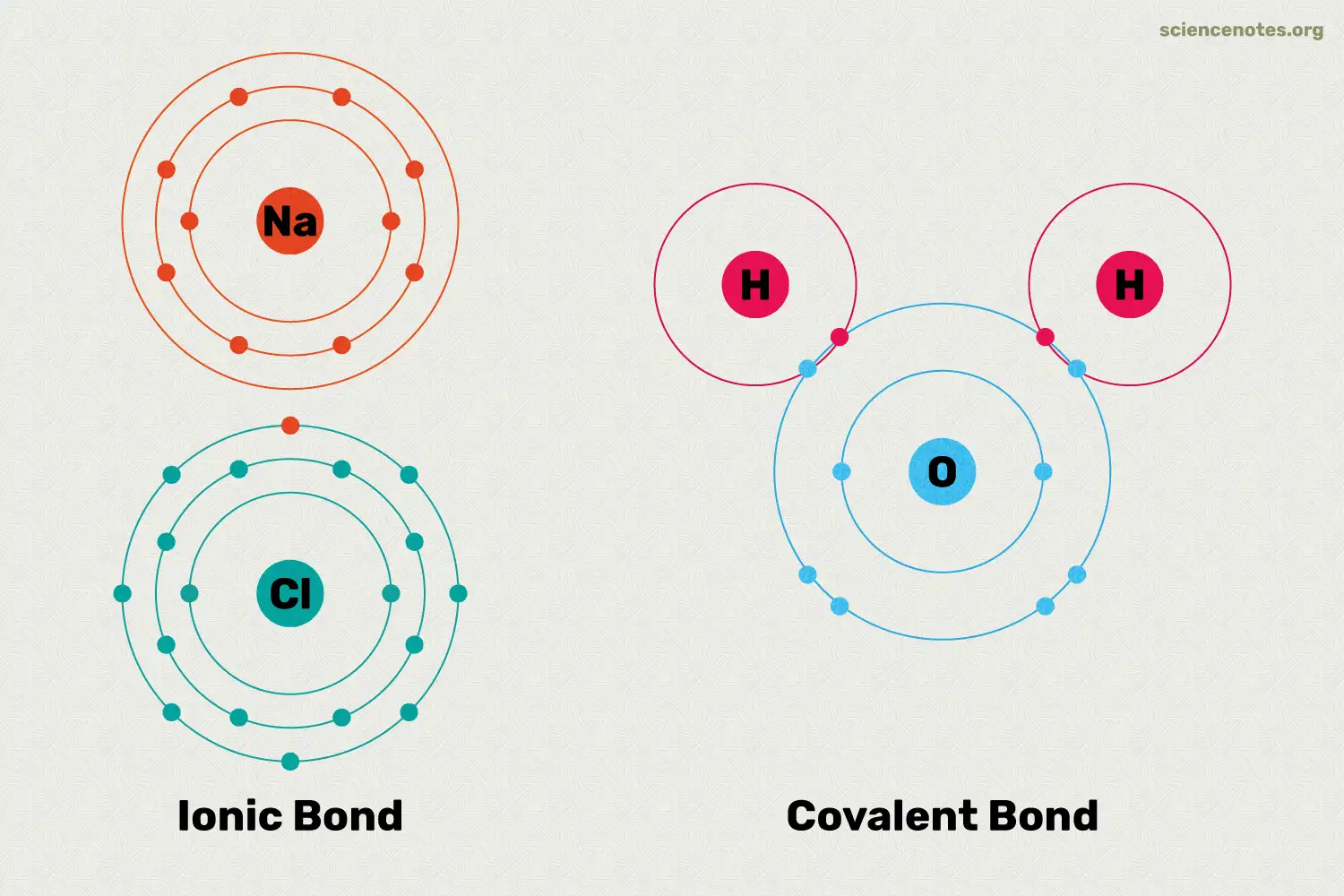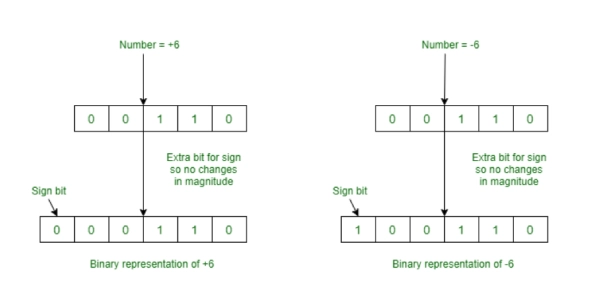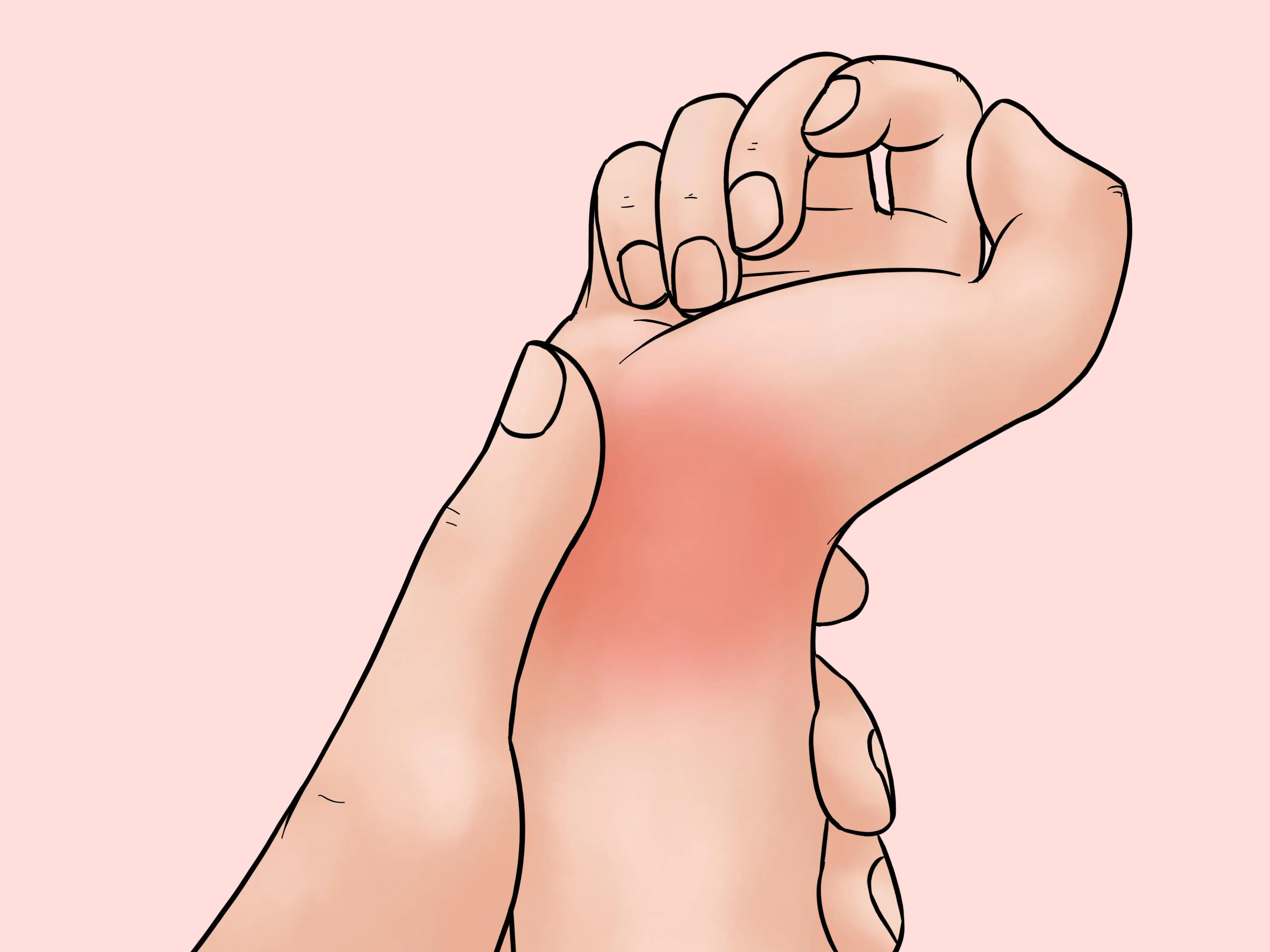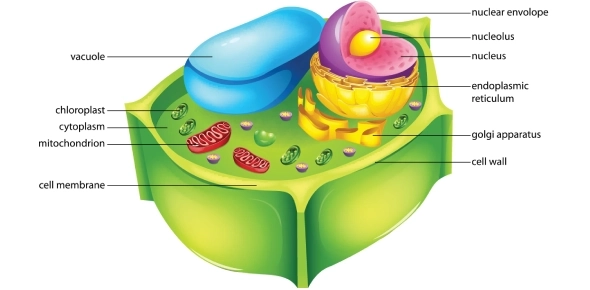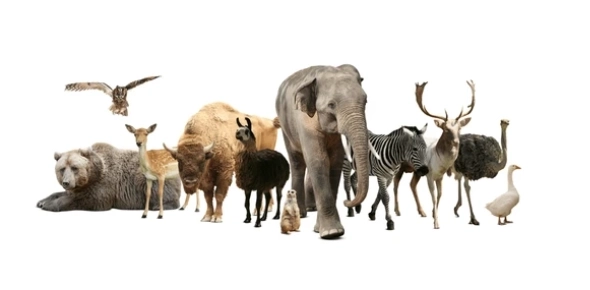
Dive into the enchanting world of dragons! Test your knowledge on dragon life cycles and uncover the mysteries behind these legendary creatures with our engaging trivia quiz.
Questions and Answers
What's inside the Test Your Knowledge on Dragon Life Cycles and Their Mysteries quiz
What is the typical lifespan of an adult dragon?
During which stage do dragons develop their wings?
What is a common habitat for dragon hibernation?
How many pairs of claws do dragons typically have?
What is the primary diet of most dragon species?
At what stage do dragons attain their full magical abilities?
Which of the following is a common dragon molt?
How do dragons typically care for their young?
What type of metamorphosis do dragons undergo?
Which of these is a sign of a dragon entering its breeding phase?
Quiz description
Unveiling the Mysteries of Dragon Life Cycles
Dragons have long captured human imagination, symbolizing power, wisdom, and mystery. Understanding their life cycles sheds light on these majestic creatures' enduring presence in myths and folklore. From their mythical eggs to their legendary longevity, dragon life cycles are as fascinating as the dragons themselves.
Stages of a Dragon's Life Cycle
The journey of a dragon begins with the incubation of their eggs, typically lasting several years. Once hatched, dragon hatchlings go through a juvenile stage where they develop essential features like wings and claws. This stage is crucial for their survival, as they learn to harness their innate abilities and navigate their environment.
Metamorphosis and Growth
As dragons mature, they undergo gradual metamorphosis, enhancing their magical and physical attributes. Mature dragons demonstrate increased magical prowess and territorial behaviors, marking their transition into adulthood. Understanding these stages provides deeper insights into their societal structures and behaviors.
Dragon Habitats and Hibernation
Dragons are often associated with specific habitats, such as expansive cave systems or mountainous regions. These environments offer protection and resources necessary for their survival. During certain periods, dragons enter hibernation, conserving energy and preparing for the next phase of their life cycle.
Reproduction and Offspring Care
The mating rituals of dragons are elaborate, typically occurring in the spring. Dragons lay clutches of eggs, each containing numerous offspring. Parental dragons exhibit strong protective instincts, guarding their young and teaching them vital survival skills, ensuring the continuation of their lineage.
Conclusion
Dragon life cycles are a blend of myth and imaginative storytelling, reflecting humanity's fascination with these legendary creatures. While dragons remain mythical, exploring their life cycles offers a captivating glimpse into the rich tapestry of folklore and the enduring allure of dragons in human culture.
